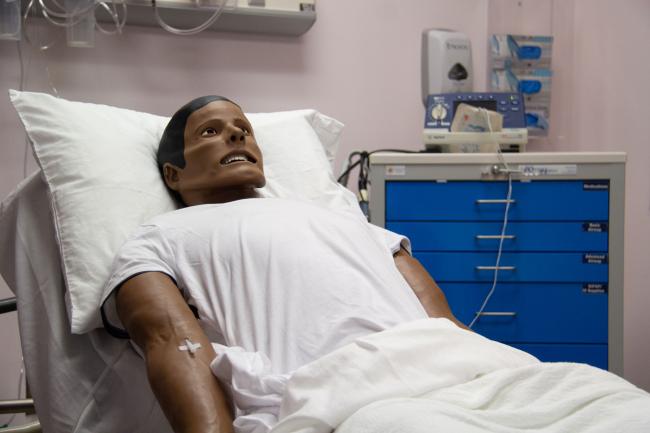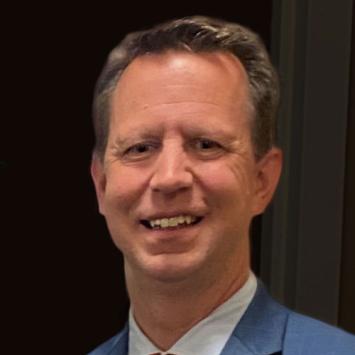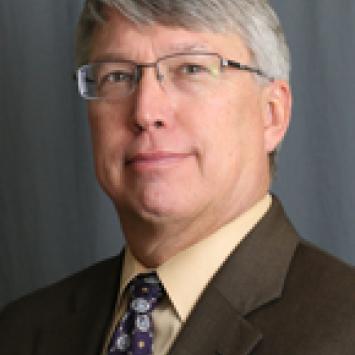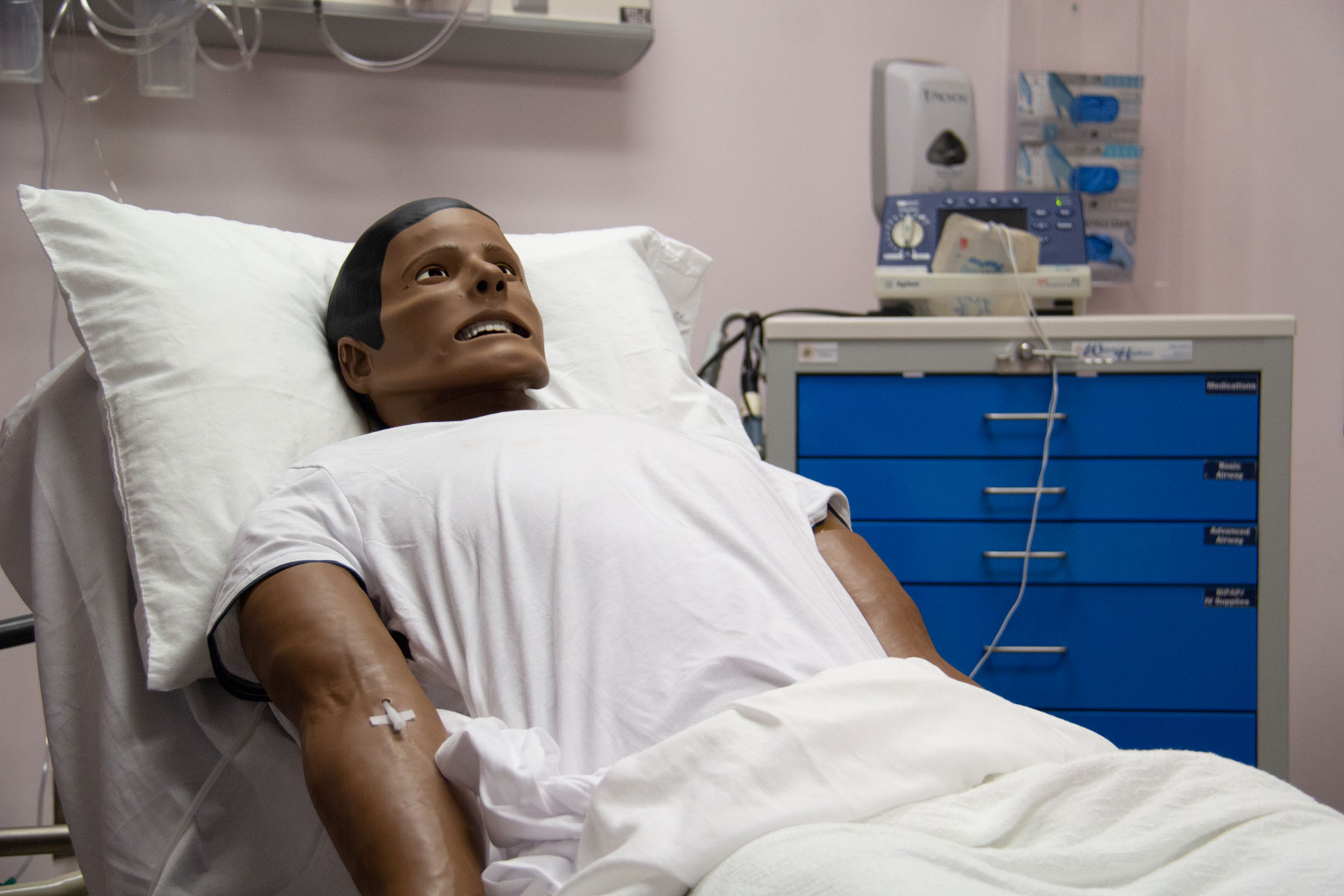
The Edward Via College of Osteopathic Medicine (VCOM)-Carolinas has received a grant from The Spartanburg County Foundation to purchase a new simulation manikin of color. The medical school is home to a state-of-the-art simulation center, which allows students to practice real-world healthcare scenarios during their first and second years, before going on to clinical rotations in hospital environments. The addition of manikins of color is intended to increase students’ cultural competency and lead to better healthcare outcomes for patients of color in the long term.

VCOM-Carolinas is committed to effectively training the next generation of physicians to provide the highest quality medical care to every human being, from all ethnic backgrounds. One component of this education delivery system involves providing state-of-the-art, high-technology simulation manikins of different skin tones. These simulation manikins provide a means by which our medical students can practice procedural techniques in real-time, such as intubating patients or delivering babies, before attempting to perform these procedures on live patients. After completing these scenarios, students can review their performance and identify aspects that were performed superbly as well as areas that need improvement. These experiences are subsequently translated into real-life scenarios.
When using simulation to train for diverse patient bodies, learners experience the impact of cultural characteristics on a patient’s care. A simulator in a darker skin tone adds realism to the situation rather than relying on imagination.
By 2050, an estimated 52% of the U.S. population will be people of color. Patients of color, especially those of African ancestry, have greater chances of misdiagnosis than white patients, and they have higher odds of suffering from diagnostic errors. Dark skin can present with morphologic variants, subtle disease presentations, and disease manifestations requiring unique management, which can lead to misdiagnoses and delays in treatment. This became particularly apparent during the COVID-19 pandemic as some racial and ethnic minority groups were disproportionately affected by the virus.
While diversity within education materials and training scenarios is more critically important than ever, there is a striking absence of black and brown skin tones in medical textbook illustrations and in simulation centers in medical schools across the country. This is the need that VCOM-Carolinas hopes to address with a significant upgrade to the Simulation Center. Thanks to the generosity of The Spartanburg County Foundation, the opportunity to train using simulation manikins of varying skin tones will prepare VCOM-Carolinas students to provide vital patient care.

We hypothesize that student perceptions of inclusion affect their psychological safety and consequential learning. An integrative review of the literature regarding cultural competence and cultural humility in simulation-based education identified that cultural humility is lacking in simulation pedagogy. The researchers suggested diversification of simulation curricula and cultural humility training is needed for both facilitators and learners.
The Spartanburg County Foundation, which works to improve the lives of Spartanburg County residents by promoting philanthropy, encouraging community engagement, and responding to community needs, awarded VCOM-Carolinas a grant in the amount of $ 29,000 for the purchase of a pediatric simulation manikin of color. The manikin is intended to help strengthen VCOM’s diversity and inclusion efforts among current and prospective medical students and properly train future physicians to recognize, diagnose and treat patients with darker skin as a range of conditions can go misdiagnosed or underdiagnosed in darker skinned patients, sometimes with dangerous results.
Each class at VCOM-Carolinas consists of 162 medical students with the first two years of the four-year curriculum taking place on the Spartanburg campus. A minimum of 324 medical students per year will benefit from the purchase of a simulation manikin of color. In addition, VCOM-Carolinas also uses the simulation manikins to train Spartanburg County EMS personnel, nursing students from the Mary Black School of Nursing at University of South Carolina Upstate, and pharmacy students from Presbyterian College. This project has the capacity to serve a minimum of 500 people per year.
“The shifting demographics within our community and throughout the nation underscore the importance of training medical students on simulation manikins of varying skin tones. This proactive measure trains the next generation of physicians to be familiar with and aware of the ethnic differences in treating patients of all backgrounds. This effort directly aligns with the purpose of the Alma and T. R. Garrison Fund from which this funding came. The Garrison family entrusted the Foundation many years ago with resources to advance the field of medical research and study. This manikin allows students and educators to practice healthcare skills in real-time and be better prepared to provide vital care in our community,” said Mary L. Thomas, Spartanburg County Foundation’s Chief Operating Officer and Executive Director of the Robert Hett Chapman III Center for Philanthropy.
